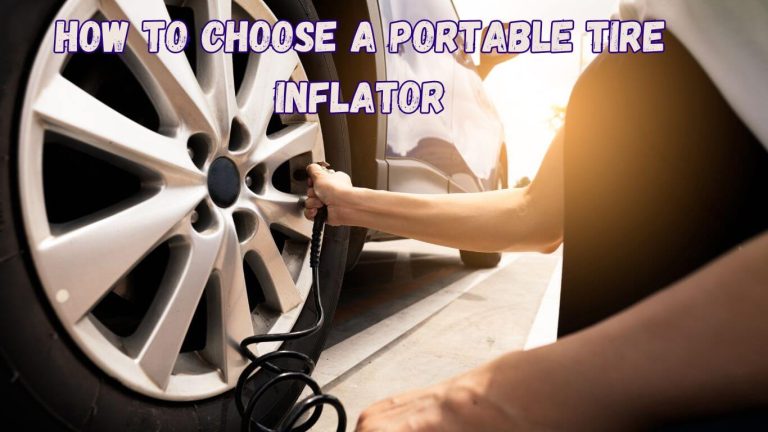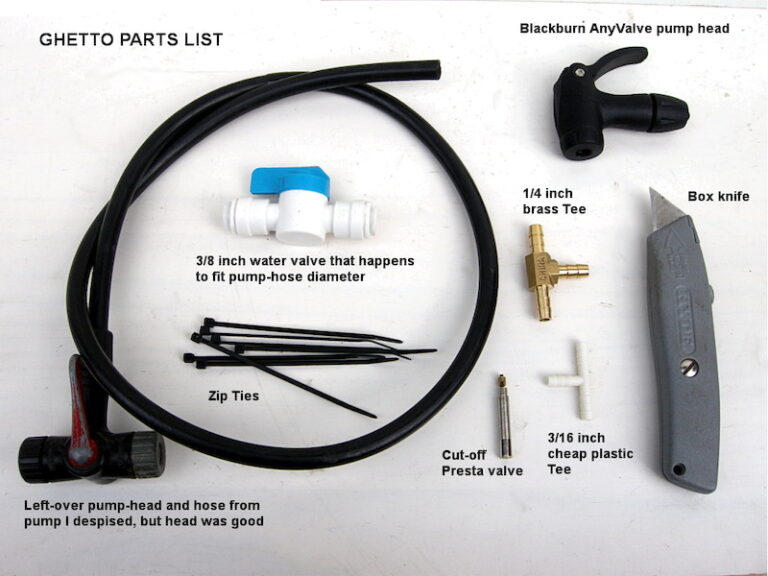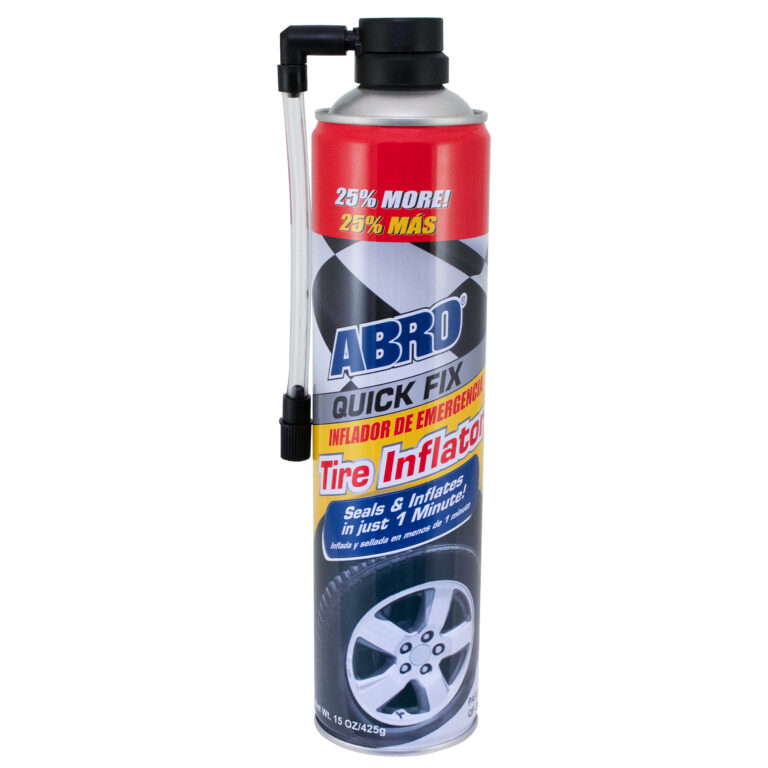How To Inflate Bike Tires With A Schrader Valve
Flat tire? It’s frustrating, especially when you’re ready for a ride. But knowing how to quickly and easily inflate your bike tires using a Schrader valve can save you time and prevent future frustrations. This guide will walk you through the process step-by-step, equipping you with the knowledge to handle flat tires with confidence. You’ll learn about the tools needed, different inflation methods, and troubleshooting common issues. By the end, you’ll be a bike tire inflation expert!
Understanding Schrader Valves
Schrader valves are the most common type of valve found on bicycles, especially on road bikes and mountain bikes. They are designed to be easily inflated with a standard air pump. This section details the valve’s construction and how it operates, providing a fundamental understanding for proper inflation techniques.
Valve Components
- Valve Stem: The external part of the valve you see sticking out from the rim.
- Pin: A small pin inside the valve that seals the valve when not in use.
- Valve Body: The internal mechanism that regulates air flow.
The valve stem is the visible portion of the Schrader valve, extending from the tire rim. It’s made of durable metal and is designed to withstand the pressure of air inside the tire. Its purpose is to provide access for inflation and prevent air leakage.
This internal pin is crucial for maintaining tire pressure. When you press the valve’s head with a pump, this pin retracts, allowing air to flow in. Once the pressure is released, the pin springs back into place, effectively sealing the valve and preventing air from escaping.
The valve body is the hidden part of the Schrader valve, embedded within the rim. It houses the intricate mechanism that controls air passage. This mechanism is essential for both filling and keeping the air tightly sealed within the tire.
How a Schrader Valve Works
The Schrader valve uses a spring-loaded pin to control air flow. When you press the valve core, the pin retracts, opening the valve and allowing air to flow in. When you release pressure, the pin returns to its sealed position, preventing air leakage.
Inflating Your Tires with a Schrader Valve
This section provides a step-by-step guide to successfully inflating a bike tire equipped with a Schrader valve. Various methods and the tools required will be explained.
Tools Needed
- Bicycle Pump: Choose a pump with a Schrader valve head. Floor pumps are generally more efficient for higher-pressure tires.
- Pressure Gauge (Optional): A pressure gauge ensures your tires are inflated to the correct PSI.
A good quality bicycle pump is essential for proper inflation. Floor pumps generally offer superior performance and efficiency compared to hand pumps. Consider the type of valve your pump supports, ensuring compatibility with your Schrader valve.
Having a pressure gauge is crucial to maintain optimum tire pressure, enhancing safety and riding comfort. It helps prevent overinflation or underinflation, which can negatively affect the riding experience and tire life.
Step-by-Step Inflation
- Attach the pump head securely to the Schrader valve. Make sure it’s firmly seated.
- Begin pumping. Watch the pressure gauge if you have one, to reach your desired tire pressure.
- Once reached, remove the pump head. You might hear a hiss as the air pressure stabilizes; This is normal.
Recommended Tire Pressure
Tire pressure recommendations are typically found on the tire sidewall. Failure to maintain proper pressure can cause premature tire wear, pinch flats, or discomfort while riding.
| Tire Type | Recommended PSI Range |
|---|---|
| Road Bike | 80-120 PSI |
| Mountain Bike | 25-40 PSI |
Troubleshooting Common Problems
This section covers common problems encountered when using Schrader valves and offers solutions. These problems include difficulties attaching the pump, leakage, and other valve-related issues.
Pump Not Attaching
- Clean the valve: Dirt or debris can interfere with a proper seal.
- Inspect the pump head: A damaged or worn-out pump head might not create a tight seal.
Ensure the valve stem is clean and free from dirt or debris. A buildup can prevent the pump head from properly sealing against the valve, leading to air leakage during inflation.
Regularly inspect the pump head for any damage or wear and tear. A damaged pump head can fail to create the necessary seal with the valve, leading to inefficient inflation or air leakage.
Air Leaking from the Valve
Persistent air leakage from the Schrader valve can be caused by a variety of issues, including a faulty valve core or damaged valve.
Valve Core Replacement
In some cases, replacing the valve core can resolve persistent air leakage. This involves removing the old core and inserting a new one. Special tools may be required for valve core replacement.
Maintaining Your Schrader Valves
Regular maintenance extends the lifespan of your bike tires and improves inflation efficiency. This section provides tips for keeping your Schrader valves in top working condition.
Cleaning and Lubrication
- Periodically clean the valve stem with a soft cloth or brush to remove dirt and debris.
- Lightly lubricate the valve stem with a suitable lubricant, if needed. Over-lubrication is not recommended.
Regular cleaning is essential for preventing the build-up of dirt and other contaminants that can clog the valve and cause air leakage.
Lubricating the valve stem can help ensure smooth operation and improve sealing efficiency, reducing air loss. Apply only a small amount of lubricant to avoid excess buildup that can attract dirt.
Avoiding Overinflation
Always inflate your tires to the manufacturer’s recommended PSI as marked on the sidewall of the tire. Overinflation puts excessive stress on the valve and tire and can lead to premature wear and tear.
Debunking Common Myths about Schrader Valves
Myth 1: Schrader valves are difficult to use.
This is untrue. With a little practice, using Schrader valves is straightforward and quick. The process is intuitive, and most pumps are designed for easy attachment.
Myth 2: Schrader valves are more prone to leaks than other types of valves.
This is false. While any valve can leak due to damage or poor maintenance, Schrader valves are robust and reliable when properly cared for. Issues usually stem from neglect or faulty valve cores, not inherent design flaws.
Myth 3: You need special tools to inflate Schrader valves.
False. A standard bicycle pump with a Schrader valve head is sufficient. However, specialized tools like valve core removers can be useful for maintenance or repair if needed.
FAQ
What is a Schrader valve?
A Schrader valve is a type of valve commonly found on bicycle tires. It’s designed to be inflated easily using a standard bicycle pump.
How do I know if I have a Schrader valve?
Schrader valves have a small, pin-like protrusion in the center of the valve stem. You’ll typically find these on road and mountain bikes.
Why is my tire leaking air?
Air leakage can be due to a variety of causes, including a faulty valve core, a damaged valve, or a puncture in the tire itself. Inspect the valve stem carefully and check your tire for punctures.
What is the correct tire pressure for my bike?
The recommended tire pressure is printed on the sidewall of your tire. Inflate accordingly, using a gauge to check the pressure.
What should I do if I can’t inflate my tire?
First, check for any obvious obstructions. Clean the valve and make sure the pump is properly attached. If the problem persists, the valve core may need replacing, or you might have a puncture in the tire.
What happens if I overinflate my tire?
Overinflating can lead to discomfort, and more critically can damage the tire and possibly lead to blowouts. Always inflate your tires to the recommended pressure.
Can I use any pump for a Schrader valve?
Most bicycle pumps will work, but ensure the pump head is compatible with the Schrader valve. Some pumps have interchangeable heads for both Schrader and Presta valves.
Final Thoughts
Mastering the art of inflating your bike tires with a Schrader valve is an essential skill for every cyclist. By following the steps outlined above, you can ensure your tires are properly inflated for optimal performance and safety. Remember to check your tire pressure regularly, clean your valves, and address any potential issues promptly. Happy cycling!



